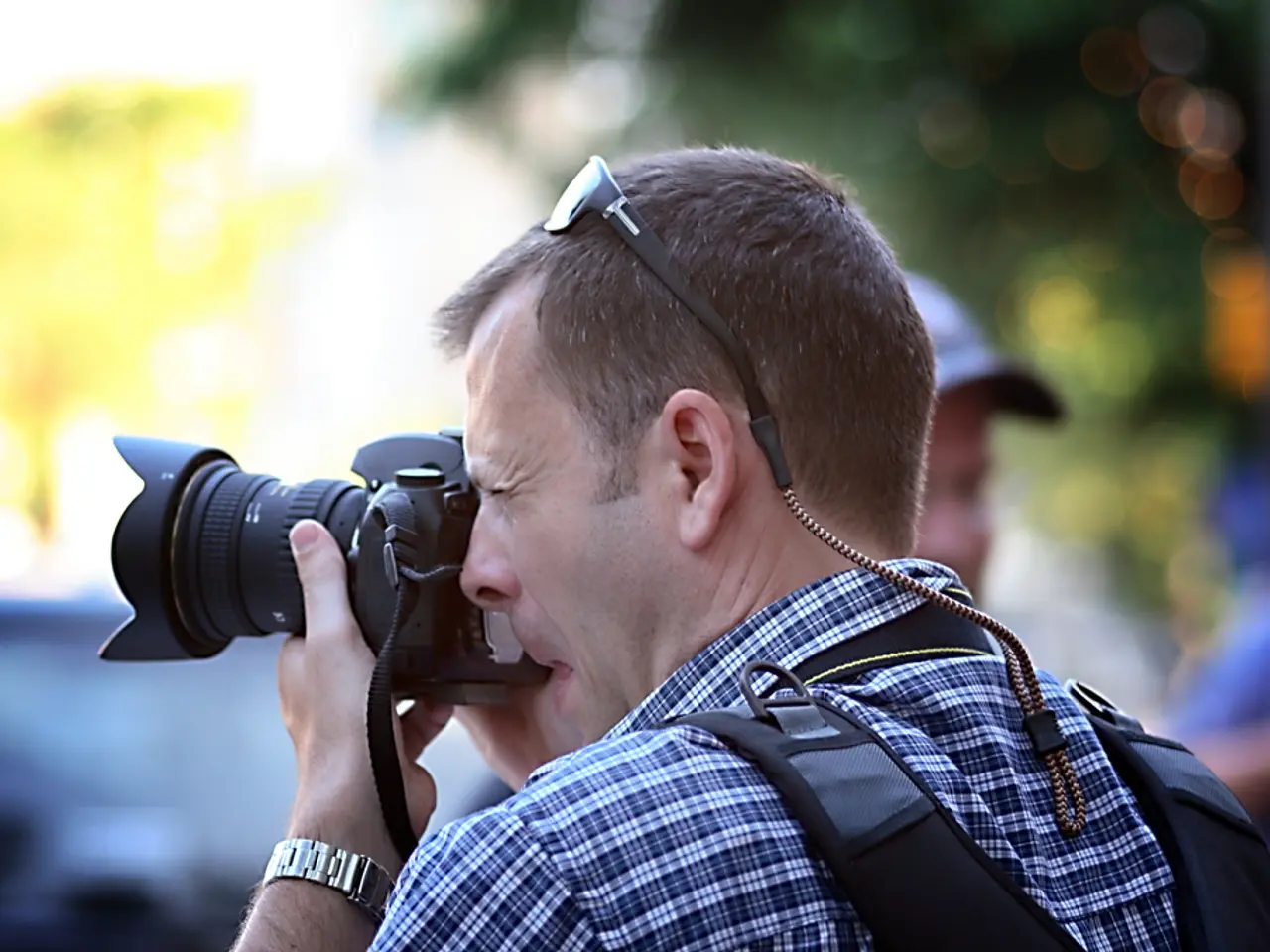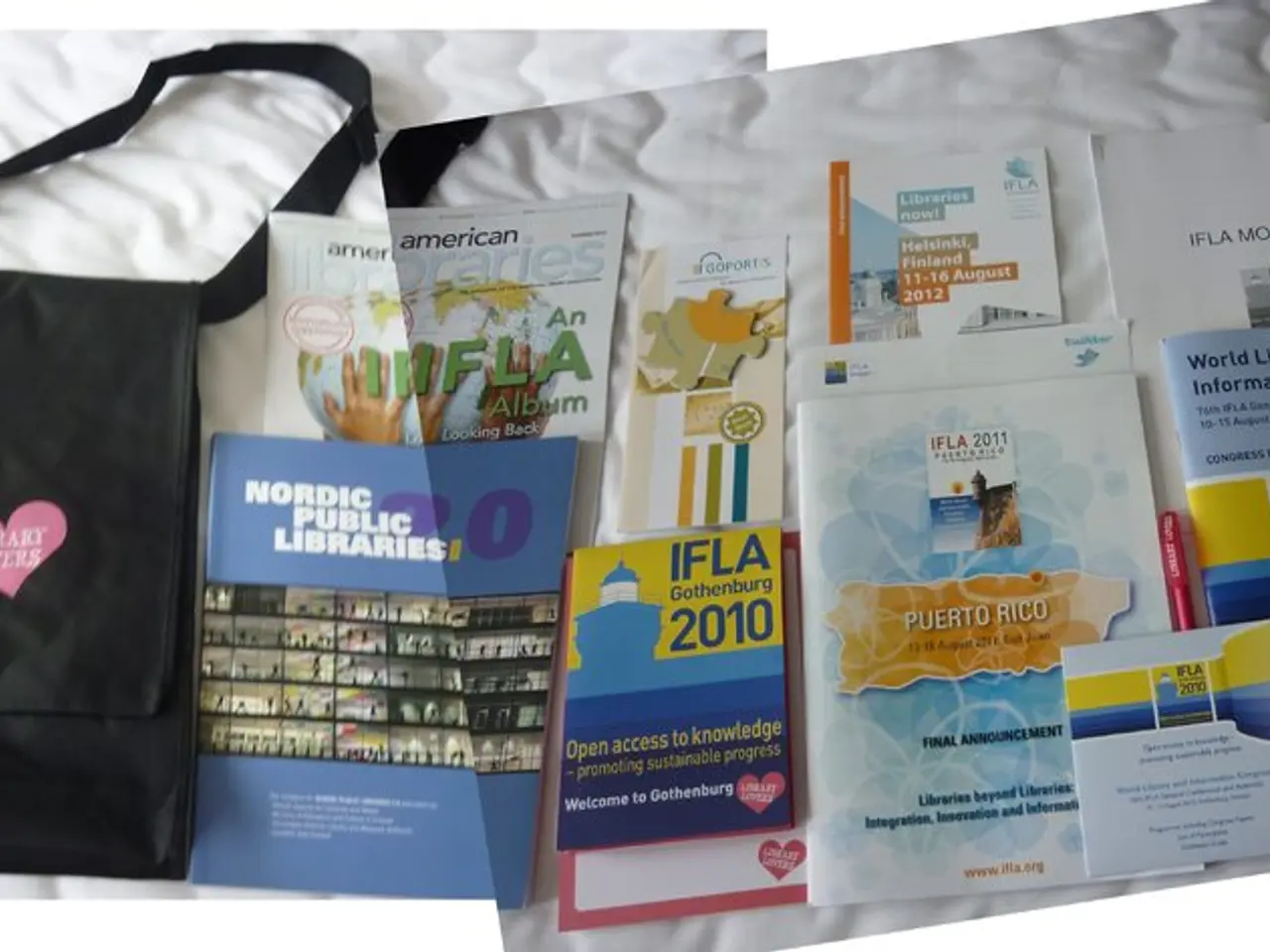Methods for Converting Ancient Photo and Video Collections, as Advised by Professionals
Preserving Memories: A Guide to Digitizing Old Photos and Videos
In the digital age, it's more important than ever to preserve our treasured memories in a format that can withstand the test of time. Here's a comprehensive guide on how to digitize your old photos and videos, ensuring they're safe for future generations to enjoy.
Collect and Clean Your Photos
Begin by gathering all your photos from albums, boxes, and frames. Gently clean them with a soft, lint-free microfiber cloth to remove dust and smudges without damaging the images.
Choose the Right Scanning Equipment
For photos, a flatbed scanner is ideal as it handles delicate prints gently and provides high-resolution scans. For fragile or irregular photos, prefer flatbed scanners over faster bulk feed scanners to avoid damage.
Optimize Your Scanning Setup
Ensure the scanner glass and photo surfaces are clean before scanning. Use consistent, soft lighting if photographing photos with a mobile app to avoid glare and shadows; stabilize your phone with a stand and use apps with glare removal and auto-cropping.
Scan Settings and Formats
Set scanning resolution to at least 300 DPI; 600 DPI or higher is better for larger prints or future enlargements. Save images in high-quality, lossless formats like TIFF or PNG for preservation; JPEG is acceptable for everyday use but compresses quality.
Organize and Backup Digital Files
Label and archive scans carefully, including photographing container labels for reference to maintain organized records of your collections. Backup digital copies to multiple locations such as an external hard drive, USB drives, and cloud storage to prevent loss.
Consider Professional Services
Professional scanning services can offer higher quality and convenience, handling multiple photo formats and large batches safely. Services often include helpful packaging, tracking, and support throughout the digitizing process.
Digitizing Videos
Although not extensively covered in this guide, best practice typically involves using a video capture device connected to a computer or sending tapes to professional digitizing services to convert VHS or other analog formats into digital files safely.
Embrace Digital Sharing
After digitizing your photos and videos, share the digital library with family members, create photo books, and display digital photo frames to make the most of your collection. Quality is important, so consider using a photo scanner for the best results, especially for creating archival-quality images.
Preserve Memories for the Future
By following these practices, you can effectively preserve and enhance your old photos and videos digitally with minimal risk of damage and high-quality results. Start digitizing your family photography and films as soon as possible to ensure these precious memories live on for generations to come.
Incorporating modern technology into your lifestyle can help preserve memories, such as using a home-and-garden organization method to collect and clean your photos before digitizing them. After scanning your old photos, you can enhance your home decor and tech integration by showcasing digital photo frames or even creating a digital home gallery featuring high-resolution images.




